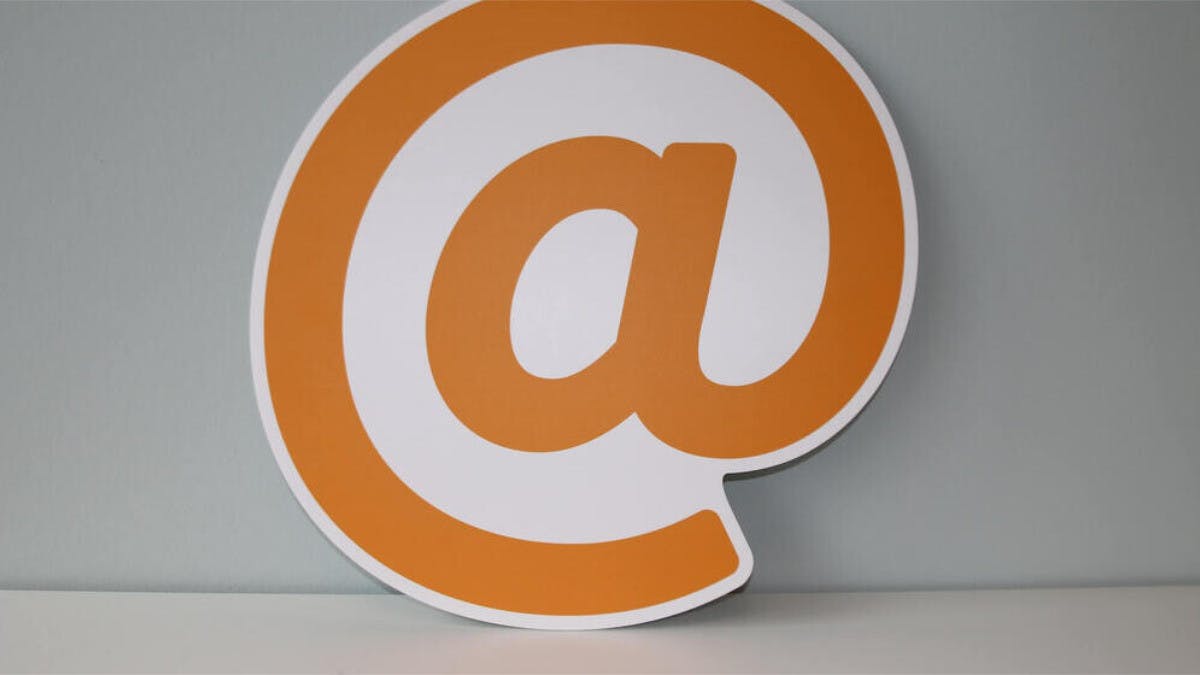Much like any face-to-face contact in business, how you compose an email speaks to your professionalism and personal image and should be handled attentively. Yet, in an age where people use email as a medium for business contact more than any other, many still don’t understand the importance of email etiquette.
Committing an e-ffence (sending a poorly crafted email) is not only cringe-worthy – it can incrementally damage your reputation with the click of a mouse.
Here are 10 things you must always keep in mind when composing, addressing and sending that electronic message:
1. Don’t be sloppy in an attempt to be friendly
Short, overly formal emails can often come across as stern and impersonal. At times, it’s tempting to riddle your emails with exclamation marks and abbreviations in the hopes of sounding friendly. Beware though. This can come across as seriously unprofessional. At the end of the day, it’s a business email so play it safe until you’ve developed a relationship with the recipient.
2. Spelling, grammar and punctuation
This one is pretty obvious, but ignoring the universal rules of writing is the quickest way to unravel your brand image. Poor spelling and grammar not only indicates a lack of attention to detail (not the greatest trait in business dealings), but it can reflect a certain level of laziness. The safest option is to set up Outlook to automatically spell check outgoing mail and always double check the email before you send.
3. Don’t ramble
For people receiving 50+ emails a day, wading through an email message thrice as long as necessary is infuriating. Rule of thumb is to concentrate on one subject per email. A sub-rule to this is that if an email conversation goes beyond two emails on both sides, you should just get on the phone to discuss it. It wastes time if you don’t.
4. Use a meaningful subject
Filling the subject field with ‘Hi!’ or ‘From Jessica’ is elusive and confusing. Include subjects that are uncomplicated and clear in indicating exactly what the email is in regards to. It also makes it easier for the recipient to find the email again if necessary.
5. Don’t leave out a message thread
Most professionals who receive 20, 50 or over 200 emails per day won’t appreciate scouring their inbox to find an email thread relating to what you’ve just sent them. Always including the message thread will also make it easier for you to keep your emails organised.
6. Reply promptly
The same way you would always return a business call, turn up to meetings on time and act on requests punctually, email response is no exception.
7. Do not request delivery and read receipts
There aren’t too many people who appreciate having to respond to these.
8. Compress files before sending them via email
Smaller is better, at least when it comes to email attachments. Nobody likes to wait for a long download – it costs the recipient of large email attachments not only time, but also money.
9. Watch your tone
Tone of voice across email can be tricky, and sarcasm is especially dangerous. If something gets lost in translation, you can seriously risk offending the recipient. The more matter-of-fact you can be the better.
10. Don’t use email for discussions that should be face to face
Email is not an appropriate medium for conversations that involve criticism or conflict. Not only can delicate messages be misconstrued, email messages can never be unsent. Having an online conversation that really should’ve been had in person will create a firestorm of conflict and burn through relationships quicker than anything else you can do.

